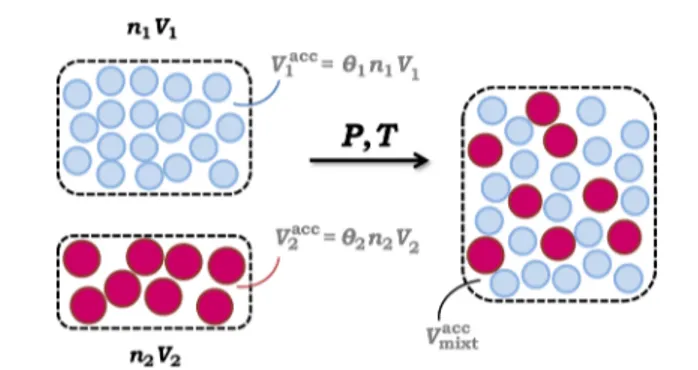Teaching Thermodynamics of Ideal Solutions: An Entropy-Based Approach To Help Students Better Understand and Appreciate the Subtleties of Solution Models
Texto completo
Figure




Documento similar
To better characterize the molecular basis of this inhibitory effect of TGF  signaling on chondrogenesis, we have analyzed by qPCR changes in the expression of Sox9 and Aggrecan,
Design, development, and deployment of Earth science models in close collaboration with the scientific groups aiming to understand and better predict the behaviour of
Thus, an understand- ing of the strategies followed by successful firms in exploiting and defending those barriers to entry created by product and factor market imperfections is
This involves radical changes in marketing and customer services; which must inevitably force companies to better understand the volatile behaviour of the new
In order to better understand and make progress in the investigation of the so- called low-temperature universal properties of non-crystalline solids and the phenomena of
Secondly, from an explanatory point of view and through logistic regression models, we aimed to estimate which structural or independent variables best explain the changes in the
In contrast, the influence of other independent variables (institutional and foreign ownership) and their interactions with board independence have experienced
To better understand the pathways underlying feeding-regulated LPS susceptibility in the presence and absence of BMAL1 and a functional molecular clock in hepatocytes, we